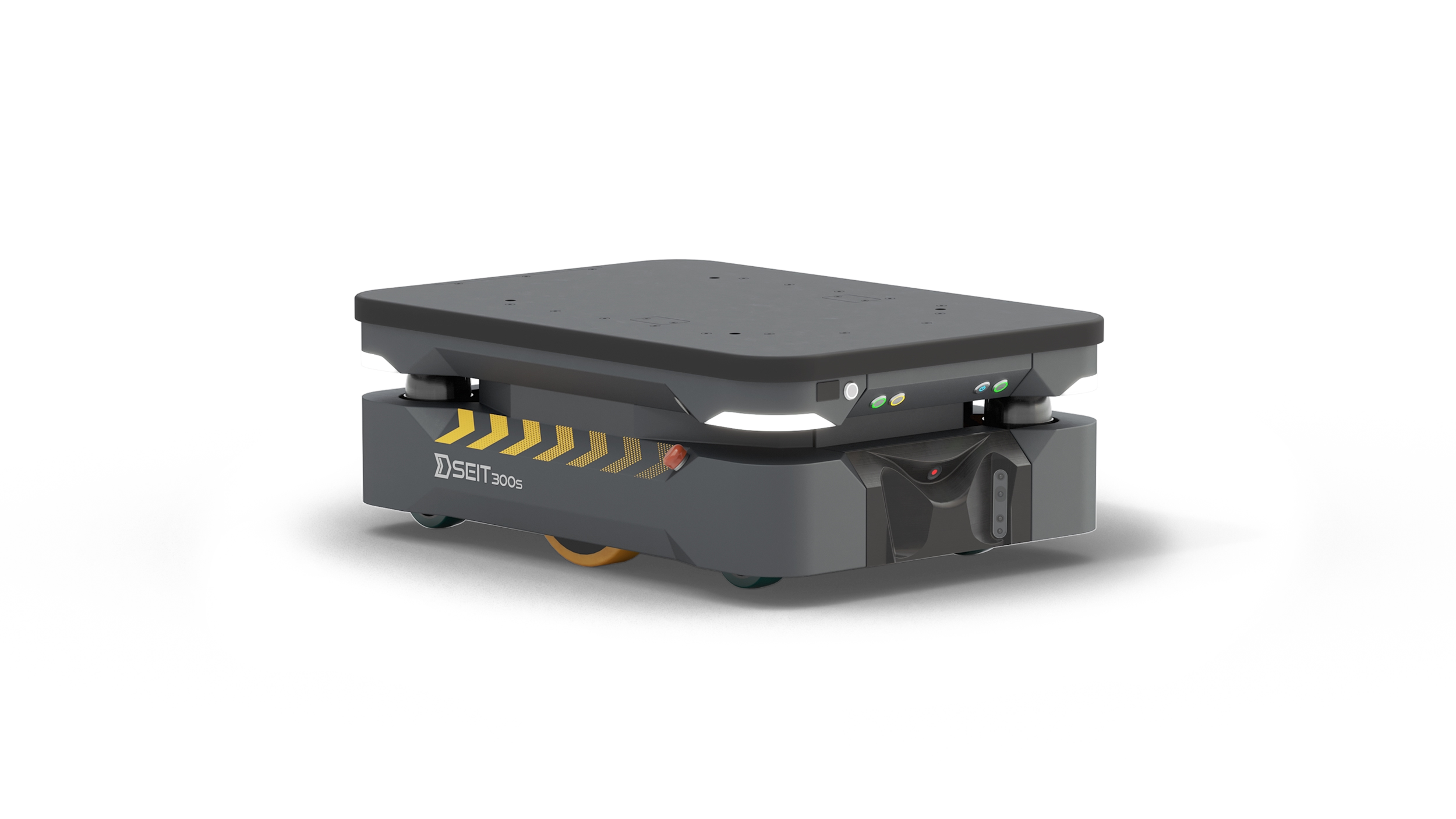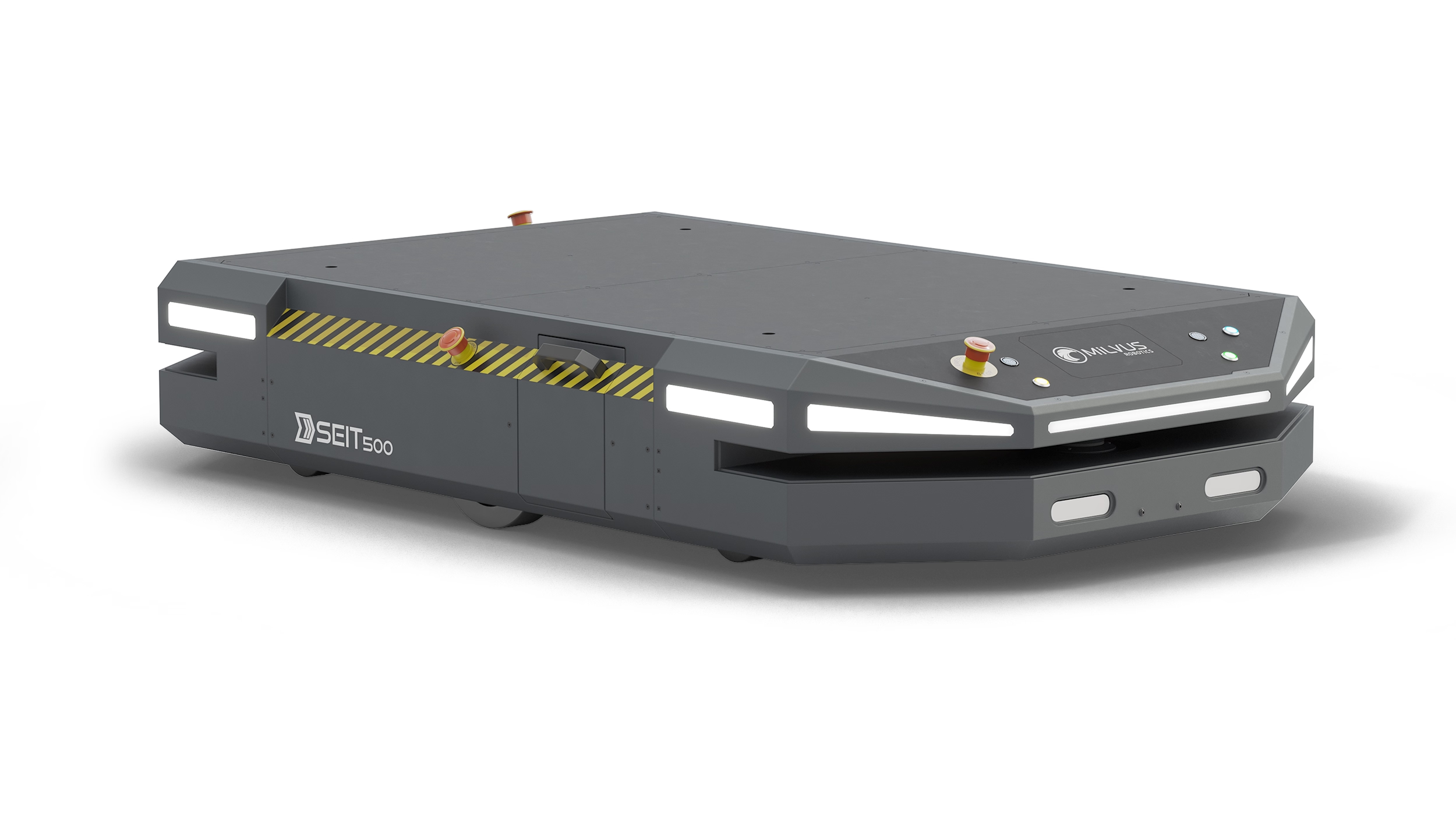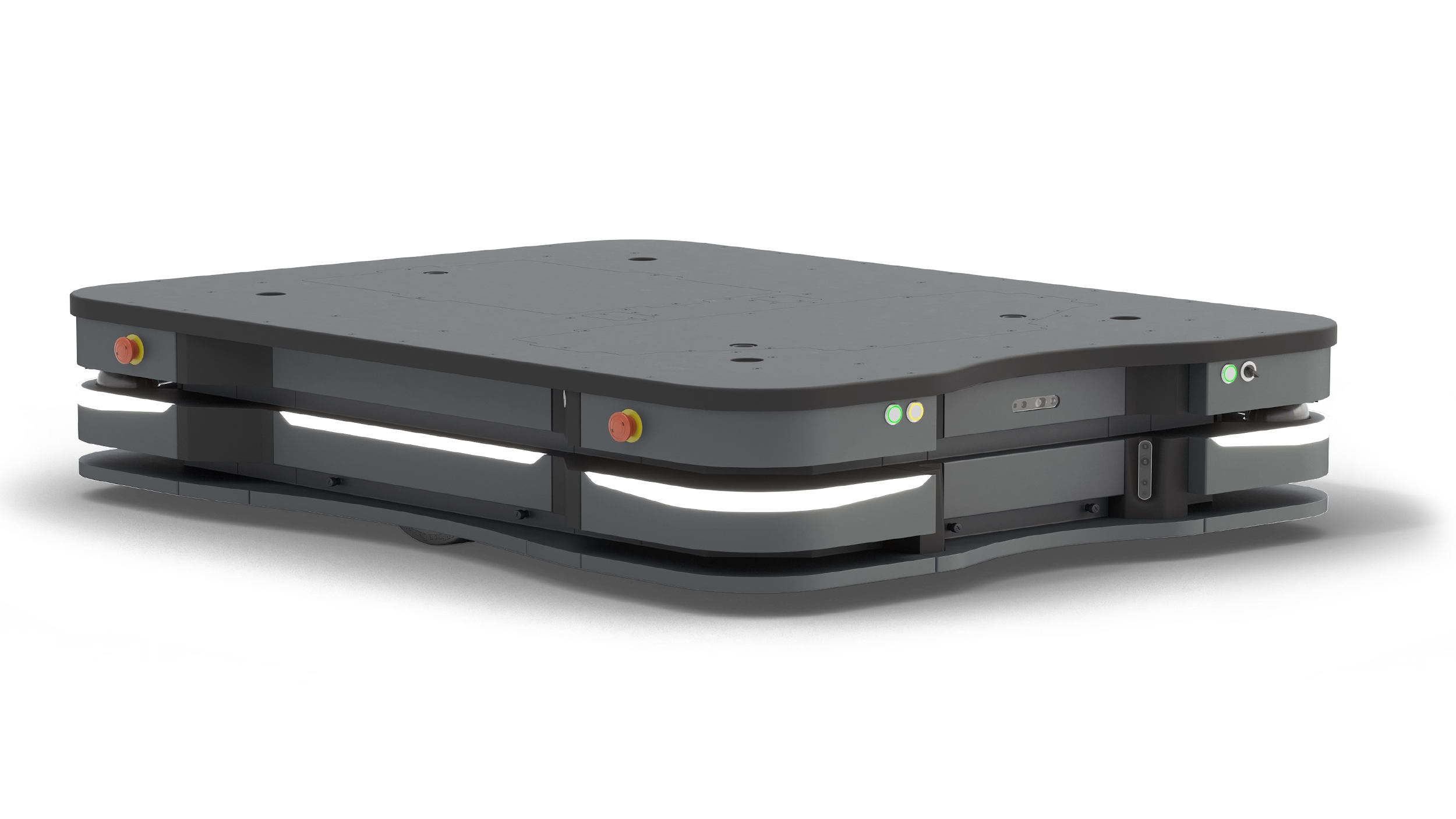
Industry 4.0, Smart Factories and Autonomous Mobile Robots
Autonomous Mobile Robots, Industry 4.0
Frequent and revolutionary innovations have always been a part of human history. As the ways in which human perception of the globe had evolved, new technologies and solutions emerged and effected economic systems and social structures greatly.
If we focus on the subject through a lens of industrialization, we can safely say that over the last 300 years, humanity has experienced successive revolutionary processes, albeit not strictly self-contained. The invention of steacm engines and their capabilities to produce labor around the end of 18th century, combined with railway transport had commenced the first Industrial Revolution. Afterwards, electricity as well as the production lines ushered humanity into the second one. Production facilities, equipped with possibilities of mass and serial production, provided a massive acceleration to industrialization. The third industrial revolution, from 1960’s to end of 20th century, brought computers and manufacturing sites together. The use of semi conductive material, personal computers and internet are the products of uttermost importance of this era.
The latest technologies and their development, thanks to the third industrial revolution, displays a reality for us, there exists a new industrial revolution. As it is named fourth industrial revolution, this era is the time of the mobile internet, as well as small, accessible and proficient sensors, artificial intelligence, smart and learning machines, big data, additive manufacturing, biotechnology, nanotechnology and robots. With a potential to reach every iota of the social life, this revolution is diffusing with an immense speed, quite contrary to its predecessors. We are calling the effects on factories, manufacturing sites, or the industry in general, of this revolution Industry 4.0. As its origins lie in Germany, 2011 and named Industrie 4.0, this revolution is leading us to smart factories and smart systems capable of engaging one and other for integrated production.
Industrial robots, or in other words robotic arms were gifted to us by the third industrial revolution and basically are capable of undertaking pre-defined tasks such as, moving certain objects for short destinations, or welding on the production line, repeatedly and rapidly; rendering them quite significant for factories. Automated Guided Vehicles – AGVs on the other hand, took on the task of moving objects of heavier nature for longer distances. However, no matter how computer controlled AGVs were, they still relied on physical markers and checkpoints to carry the materials, such as wires, magnetic bands or tracks/rails. Even though they offered a partial solution to the issue of moving/transporting materials, innate disadvantages of AGVs kept them from being indispensable for the factories. The inability to leave predetermined routes and adapt to the changes in factory as well as their limited movement nature due to physical signifiers and wear and tear relating those items, combined with incompetency to work real time with humans, signaled the end of the life of AGVs with the fourth industrial revolution. Although they are still utilized in some facilities, due to their lack of access to the technological advantages Industry 4.0 presents us, they are being replaced by Autonomous Mobile Robots – AMRs.
AMRs through the utilization of the sensory and processing powers brought on by the fourth industrial revolution provide a much more flexible, efficient and integrated production method in comparison to AGVs. As they map the environment in which they are going to be working in by a process of natural navigation, they do not need any sort of bands, rails or any other infrastructural investments. Since they are capable of dynamic route planning and are not limited by any physical lines, AMRs can choose and decide on the best route to take within defined limits. By the virtue of their autonomous nature, AMRs can safely navigate around any possible obstacle on their routes. Capable of sharing a space with human workers, these robots can integrate with existing management systems of any facility, and take orders from them. Furthermore, these robots can also communicate with a robotic arms or a conveyor to undertake loading/unloading. Multiple AMRs can work harmoniously in the same facility, thanks to vehicle tracking and/or fleet management systems. In a sense, these robots bring the “autonomous vehicle” technology that Google and Tesla are working endlessly on, into factories. In that regard, they are also often named as Self-Driving Vehicles – SDVs.
Depending on the implementation, AMRs can provide a short ROI period, between 1-2 years. This is achieved through different benefits such as: Moving materials faster and more efficiently, cutting back on worker costs, increasing the production volume, lack of need for a specific infrastructure, reducing occupational accidents and providing current data to reduce storage costs.
AMRs as the first and foremost manifestations of Industry 4.0, and the technological advancement brought in by the fourth industrial revolution, in production sites and warehouses, are getting more and more common all around the globe to further narrate the story of human development.


.avif)






